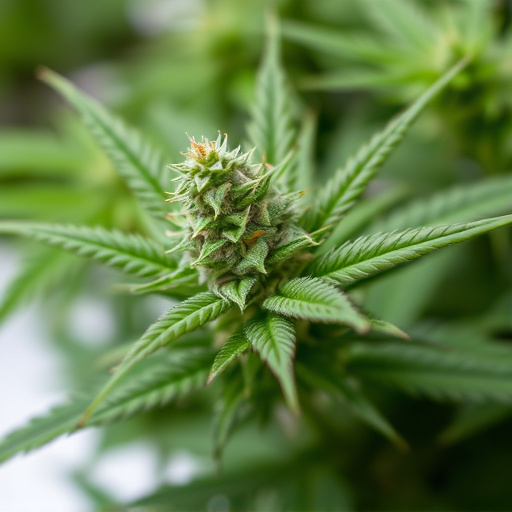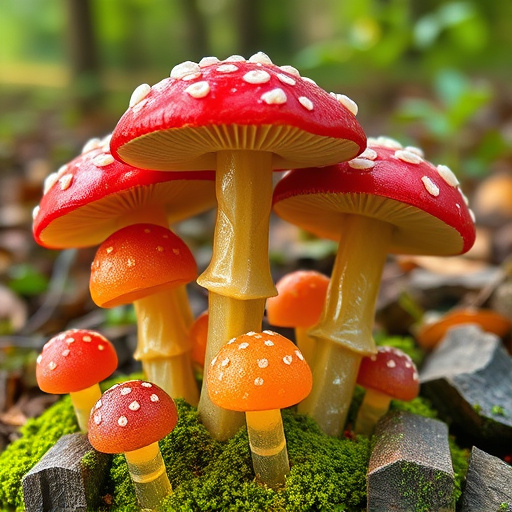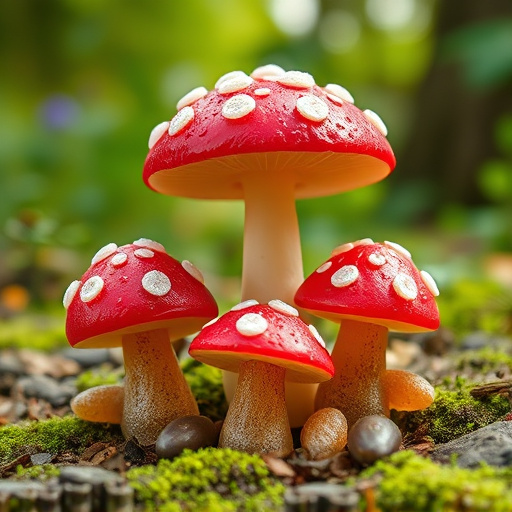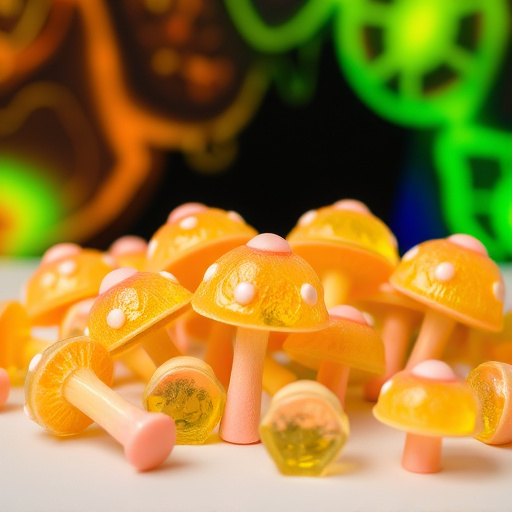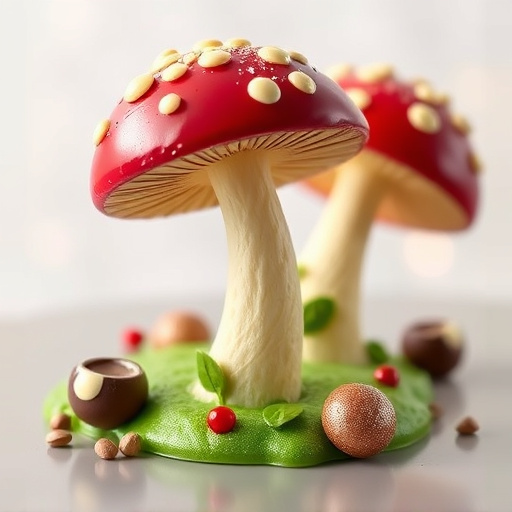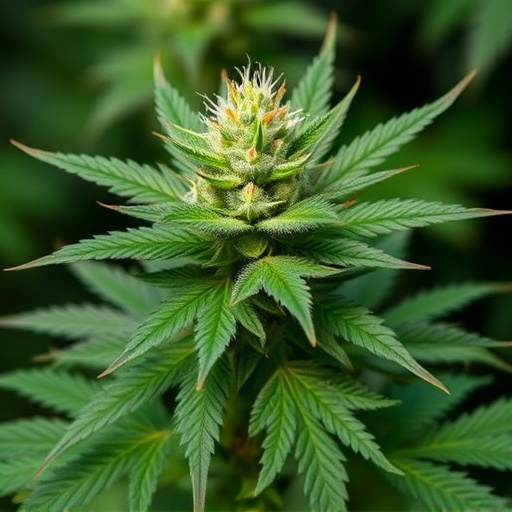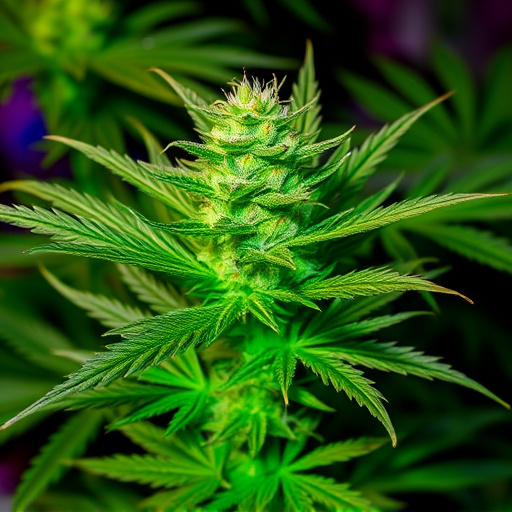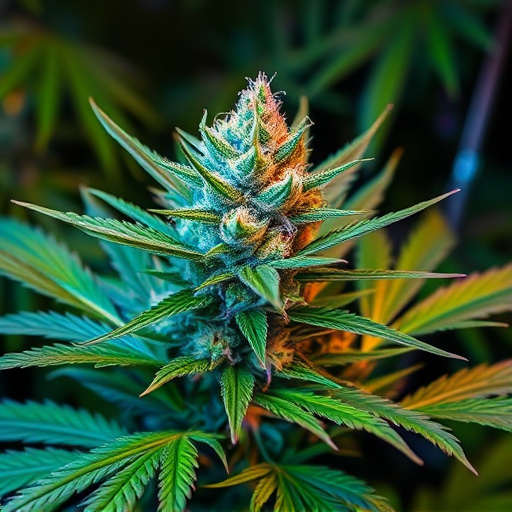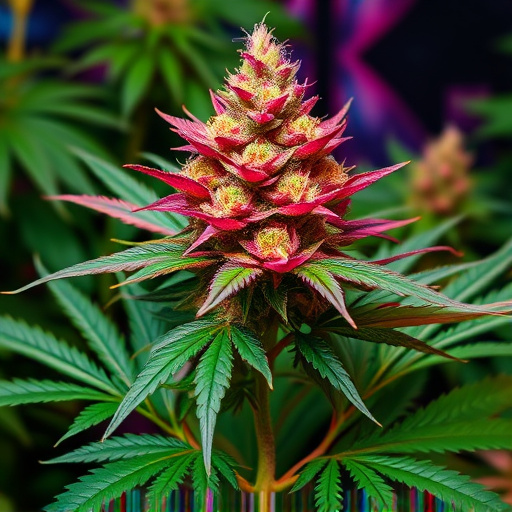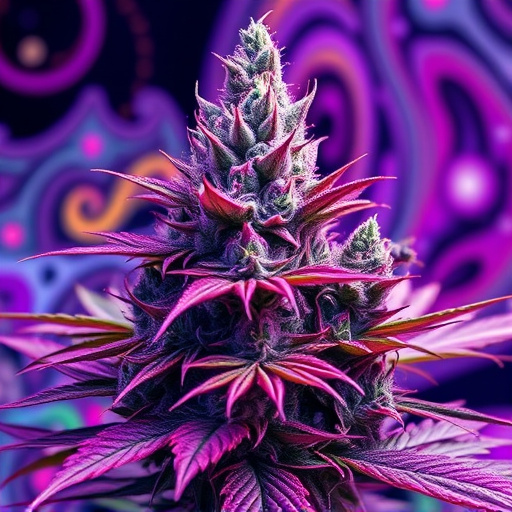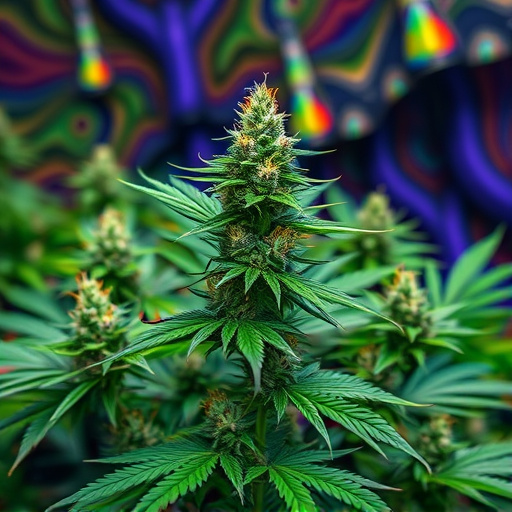Cannabis flower varieties, classified by genetics, offer diverse effects, aromas, and appearances. Indica provides relaxing sedatives ideal for evening, while Sativa offers energetic cerebral effects for daytime. Psychedelic cannabis strains, with high THC, induce intense psychological experiences. Understanding these genetic differences is crucial for users seeking specific effects or medical benefits, especially when considering potent psychedelic varieties.
“Unraveling the diverse world of cannabis flower varieties, particularly psychedelic strains, offers a captivating journey for users. This article aims to guide you through the intricate landscape of genetic differences, exploring how these variations shape unique user experiences. From understanding the definition and importance of various cannabis strains to delving into the distinct characteristics of psychedelic varieties, we uncover the secrets behind their popularity. Discover the potential benefits, safety considerations, and medical applications that make psychedelic cannabis strains a fascinating subject of study and personal choice.”
- Understanding Cannabis Flower Varieties
- – Definition and importance of cannabis strains
- – Genetic differences and their effects on users
Understanding Cannabis Flower Varieties
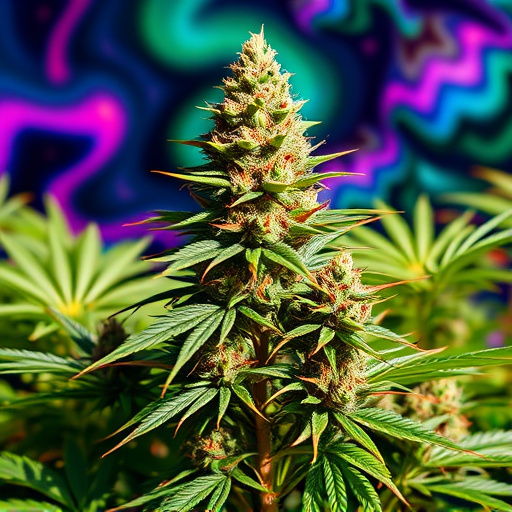
Cannabis flower varieties, often referred to as strains, are categorized based on their unique genetic makeup and characteristics. These differences manifest in various effects, appearances, and aromas, making it a fascinating subject for enthusiasts and researchers alike. When discussing cannabis, understanding the distinction between Indica, Sativa, and hybrid strains is fundamental. Indica plants tend to produce shorter, stockier flowers with dense trichomes, offering a relaxing and sedating high popular for evening use. In contrast, Sativa varieties are known for their taller, thinner structures and less dense flowers, providing more energetic and cerebral effects often sought during daytime activities.
Psychedelic cannabis strains represent a niche within this diverse landscape, known for their potent effects that can include heightened sensory perception and altered states of consciousness. These strains often feature distinct terpene profiles, contributing to their unique flavors and aromas. Terpenes like myrcene, limonene, and pinene play pivotal roles in shaping the overall experience, making each strain a captivating journey into the world of cannabis flower varieties.
– Definition and importance of cannabis strains
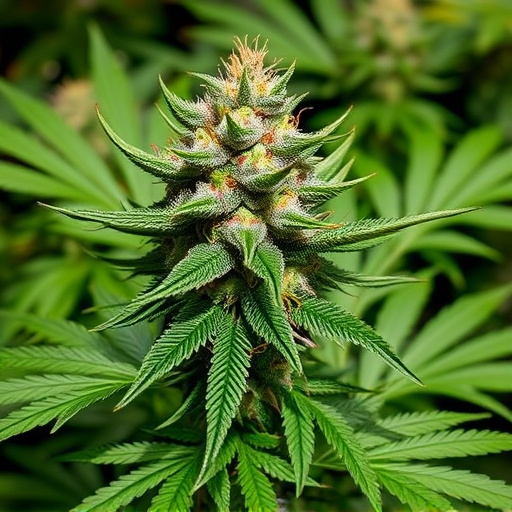
Cannabis strains, often referred to as varieties or genotypes, are distinct groups of plants with unique genetic characteristics that set them apart from one another. These strains vary in their cannabinoid and terpene profiles, which significantly influence their aroma, flavor, effects, and medicinal properties. For instance, some strains are known for their potent psychological effects, commonly sought after by users looking for a profound psychedelic cannabis experience.
Understanding and comparing these strains is crucial for both recreational users and medical patients. Different strains can offer varied benefits tailored to specific needs and preferences. Whether it’s alleviating anxiety, managing chronic pain, or simply enjoying the diverse sensory experiences each strain provides, exploring and knowing one’s preferred variety is a fundamental aspect of cannabis consumption.
– Genetic differences and their effects on users
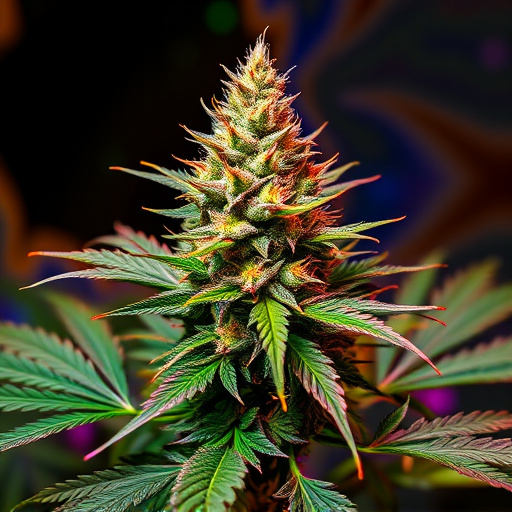
Cannabis flower varieties exhibit vast genetic differences that directly influence user experiences. Each strain possesses a unique combination of cannabinoids and terpenes, which interact with our bodies’ endocannabinoid system to produce distinct effects. For instance, strains known for their psychedelic properties, like certain varieties of psychedelic cannabis strains, often contain higher levels of tetrahydrocannabinol (THC), the primary psychoactive compound responsible for feelings of euphoria and heightened senses. These strains may induce vivid dreams, enhanced creativity, and altered perceptions—effects that appeal to users seeking transformative experiences.
However, genetic diversity also means varying levels of cannabidiol (CBD), a non-psychoactive cannabinoid known for its potential therapeutic benefits. Some psychedelic cannabis strains might have lower CBD content, which could mitigate any anxiogenic effects typically associated with THC consumption. Understanding these genetic variations is crucial when navigating the diverse landscape of cannabis flower varieties, ensuring users can make informed choices based on their desired experiences and potential medical applications.
When exploring the world of cannabis, understanding different flower varieties is key to a rewarding experience. From relaxing Indicas to energizing Sativas, each strain offers unique genetic profiles and effects, catering to diverse user preferences. Delving into the complexities of these varieties allows enthusiasts to navigate the market, making informed choices based on desired experiences, whether seeking a calming night’s rest or an invigorating creative boost. The vast array of psychedelic cannabis strains further expands this landscape, providing users with opportunities to explore enhanced sensory perceptions and profound mental states. Ultimately, comparing and appreciating these differences empowers consumers to unlock the full potential of cannabis in a way that best aligns with their individual needs and preferences.
